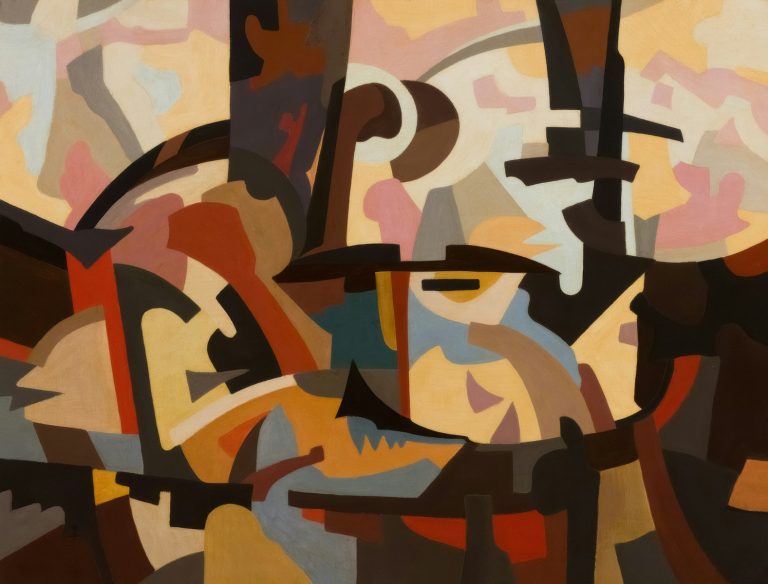Daz3D is a powerful tool for creating 3D characters, scenes, and animations. Because of its user-friendly interface and expansive content library, it can be used for a variety of revenue-generating projects—even if you’re working as an individual artist or a small studio. Below are some common ways you can monetize your work using Daz3D:
1. Selling 3D Assets in the Daz Marketplace (or Other 3D Marketplaces)
- What to create: Characters, clothing, props, environments, hair, morphs (body or facial), custom textures/shaders, poses, etc.
- Where to sell:
- Daz3D Store: You can apply to become a Published Artist. If accepted, you’ll be able to upload your 3D products for sale.
- Other marketplaces: Renderosity, CGTrader, TurboSquid, ArtStation, etc.
- Tips for success:
- Follow market trends: Look at popular character types, specific themes (sci-fi, fantasy, etc.), or seasonal content (Halloween, holidays).
- Offer high-quality, well-optimized assets: Make sure your topology, textures, and metadata (promos, product descriptions) are appealing and thorough.
- Maintain consistent branding: A recognizable “style” or niche can help build a loyal following.
2. Freelance Work and Commissions
- Character and scene design: Offer your services to authors, indie game developers, and other artists who need custom 3D visuals. You can use Daz to rapidly prototype character designs and scenes.
- Commercial illustrations: Many businesses need product illustrations, marketing imagery, or concept art that can be rendered in Daz.
- 2D/3D hybrid: Some clients only need a 2D illustration (e.g., book cover) but having a 3D base from Daz can help with lighting, posing, and perspective.
Tips:
- Build a strong portfolio showcasing your 3D renders.
- Advertise on freelancing platforms (Upwork, Fiverr, Freelancer) or social media (ArtStation, DeviantArt, Twitter).
- Target specific industries (book publishers, tabletop RPG creators, small gaming studios) that might need character or environment art.
3. Creating Stock Images and Animations
- Stock images: Use Daz to render high-quality images and sell them on stock marketplaces (e.g., Shutterstock, Adobe Stock, iStock).
- Custom scenes: Scenes with unique themes, diverse character sets, or specialized poses can stand out.
- Animations: Less common in stock libraries, but if you’re comfortable animating in Daz or exporting to a tool like Blender to finalize, you can sell short looping animations.
Tips:
- Ensure you have the correct licenses for any assets used in your renders. Daz often has specific license terms for 2D renders vs. distribution of 3D files.
- Set up diverse scenes: Business, medical, sci-fi, fantasy—the broader your portfolio, the more potential clients you can attract.
4. Comic Books, Graphic Novels, and Visual Narratives
- Visual storytelling: Daz can be used to quickly set up scenes and characters for sequential art (digital comics, graphic novels).
- Monetization: Sell your comics on platforms like Amazon Kindle, ComiXology, Patreon, or your own website.
- Tip: Keep a consistent artistic style. Even though 3D can look “too clean,” you can use post-processing or “toon” filters in an image editor (Photoshop, Clip Studio Paint, etc.) for a more stylized feel.
5. YouTube Tutorials or Online Courses
- Teaching: If you’re skilled in using Daz, you can create tutorials—covering topics such as character morphing, texturing, posing, lighting, or rendering tips.
- Monetization:
- YouTube ads
- Patreon support
- Selling in-depth courses on sites like Udemy, Skillshare, Gumroad
- Tip: Focus on solving real user problems—e.g., how to get realistic skin textures, how to create a specific lighting style, how to pose advanced characters, etc.
6. Affiliate Marketing and Promotions
- Affiliate program: Daz3D has an affiliate program that offers commissions if people buy products through your unique link.
- Combine content: When creating tutorials or blog articles, you can recommend relevant Daz3D products (hair packs, character expansions, environment props) and provide affiliate links.
- Where to promote: Blogs, social media channels, YouTube tutorial descriptions, or specialized forums.
7. Game Development and Interactive Projects
- Game assets: Develop or customize Daz3D characters for use in game engines like Unreal Engine or Unity. You can sell these character packs (though you need to check the exact license terms for Daz3D assets).
- Cutscenes or pre-rendered sequences: Some indie developers might hire you to provide pre-rendered cutscenes or character animations for their games.
Tip: Carefully read Daz’s “Interactive License” requirements, which you may need if you plan to use Daz assets in real-time applications (games, VR experiences).
8. Patreon-Funded Artwork or Exclusive Content
- Membership-based: If you have a dedicated fan base, you can create monthly 3D model releases, exclusive scene files, or behind-the-scenes tutorials.
- Community building: Engage regularly—release timelapses, pose packs, or early demos of your work.
- Flexibility: You can still sell final models on marketplaces while providing “work in progress” or bonus materials to your patrons.
Practical Tips for Maximizing Profit
- Quality over quantity: High-quality assets with eye-catching promotional images typically stand out in crowded marketplaces.
- Stay current: Follow software updates from Daz3D (such as new Genesis figure generations). Early adopters who release content for the newest generation often see more sales.
- Use great renders to showcase your products: Marketing materials (thumbnails, product promos) make a big difference in whether someone clicks “buy.”
- Maintain a professional portfolio: Keep an updated ArtStation or personal website so potential clients can see your best work at a glance.
- Network: Join Daz3D forums, social media groups, and Discord communities where you can share your work, ask for feedback, and discover collaboration or commission opportunities.
Summary
To make revenue using Daz3D, you can create and sell 3D assets, do freelance commissions, produce stock images/animations, develop visual narratives, make tutorials, and more. Focus on producing high-quality work, effectively marketing yourself, and staying aware of licensing rules, and you’ll be in a good position to monetize your Daz3D expertise. Good luck!



